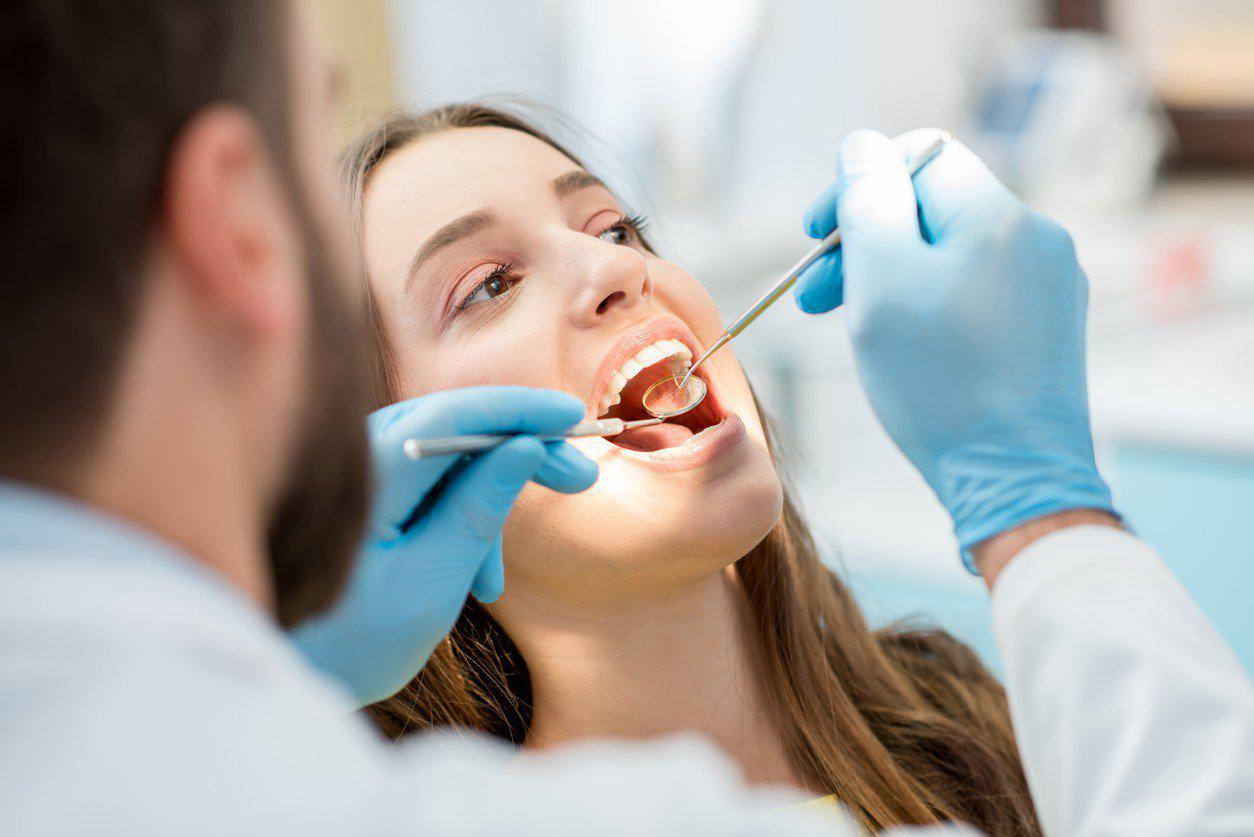
Post-Op Instructions: Wisdom Teeth
Everything You Need to Know for a Comfortable and Successful Recovery
The removal of impacted wisdom teeth is a significant surgical procedure. Proper aftercare is critical to promote healing, minimize complications, and ensure your comfort. Please follow the instructions below carefully.
Immediately After Surgery
- Keep the gauze pad in place for 30 minutes, then remove and discard.
- Avoid rinsing, spitting, or touching the surgical site for the rest of the day.
- Begin taking prescribed pain medication as soon as discomfort begins.
- Rest and avoid strenuous activity on the day of surgery.
- Apply ice packs to both cheeks for swelling.
Bleeding
Mild bleeding or blood-tinged saliva is normal for 24–48 hours.
If bleeding is excessive:
- Rinse gently to remove old clots.
- Place a fresh gauze pad over the site and bite down firmly for 30 minutes.
- If needed, bite on a moistened tea bag for 30 minutes.
- Stay calm, sit upright, and avoid physical activity.
- Call our office if bleeding persists.
Swelling
- Swelling typically peaks 2–3 days after surgery.
- Use ice packs continuously for the first 36 hours.
- After 36 hours, switch to moist heat to reduce swelling and improve jaw movement.
- Swelling may affect the cheeks, jaw, and eyes—this is normal.
Diet
- Begin with clear liquids after surgery. Avoid using straws.
- Transition to soft foods and chew away from the surgical sites.
- High-calorie, high-protein meals are essential for healing.
- Drink at least 5–6 glasses of fluids daily.
- Avoid dehydration and do not skip meals.
Note: If you feel dizzy when standing, sit up slowly before getting up.
Pain Management
For moderate pain:
- Take 1–2 Tylenol or Extra Strength Tylenol every 3–4 hours, or
- Take 2–4 Ibuprofen (200 mg) every 3–4 hours.
- For severe pain, use prescription medication as directed.
- Do not drive or consume alcohol while taking pain medication.
- If pain increases after the third day, call our office.
Discoloration
- Bruising of the face (black, blue, green, or yellow) may appear 2–3 days after surgery.
- This is normal and can be improved with moist heat.
Oral Hygiene
- Do not rinse your mouth on the day of surgery.
- Start gentle rinsing with warm salt water (1 tsp salt in 1 cup water) the next day, 5–6 times daily.
- Brush your teeth gently, avoiding the surgical sites.
Antibiotics
- Take any prescribed antibiotics as directed.
- Discontinue if you experience a rash or allergic reaction and contact our office.
Nausea or Vomiting
- Wait an hour before taking anything by mouth.
- Sip ginger ale, tea, or cola slowly.
- Once nausea subsides, return to soft foods and medication.
Other Common Post-Surgical Effects
- Numbness of the lip, chin, or tongue may occur and is usually temporary. Be cautious not to bite numb areas.
- Slight fever is common—take Tylenol or Ibuprofen to reduce it.
- You may feel bony edges in the surgical area; these typically smooth out over time.
- Dry or cracked lips can be relieved with Vaseline.
- Sore throat and difficulty swallowing may occur for a few days.
- Jaw stiffness (trismus) is normal and should improve with time.
Sutures
- Sutures will be removed about one week after surgery.
- If a suture falls out early, it is not cause for concern.
- Suture removal is quick and painless.
Healing & Dry Socket
- A cavity where the tooth was removed will gradually fill in over a month.
- Keep the area clean using saltwater rinses and gentle brushing.
- Dry socket symptoms include increased pain 2–3 days after surgery and may radiate to the ear. If this occurs, call our office immediately.
Your Recovery Is Important to Us
Follow These Guidelines and Reach Out with Any Concerns